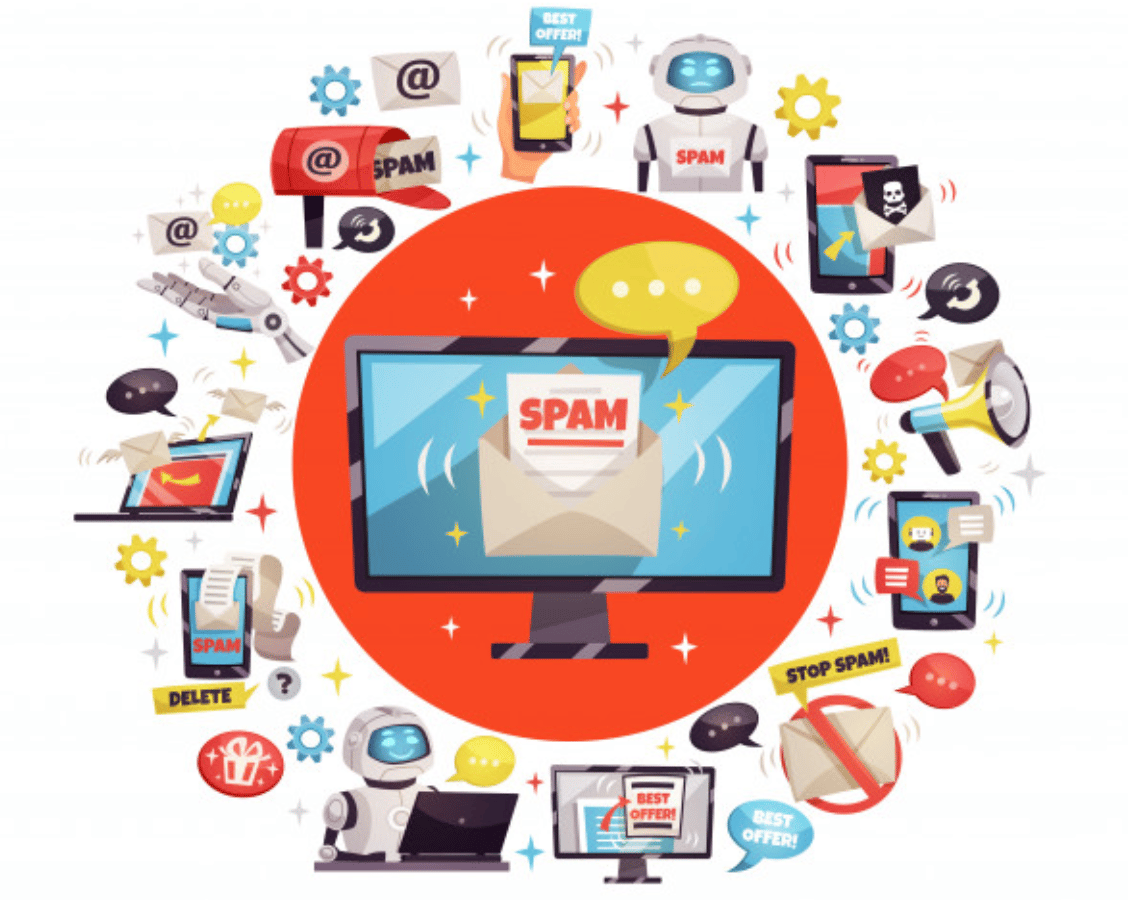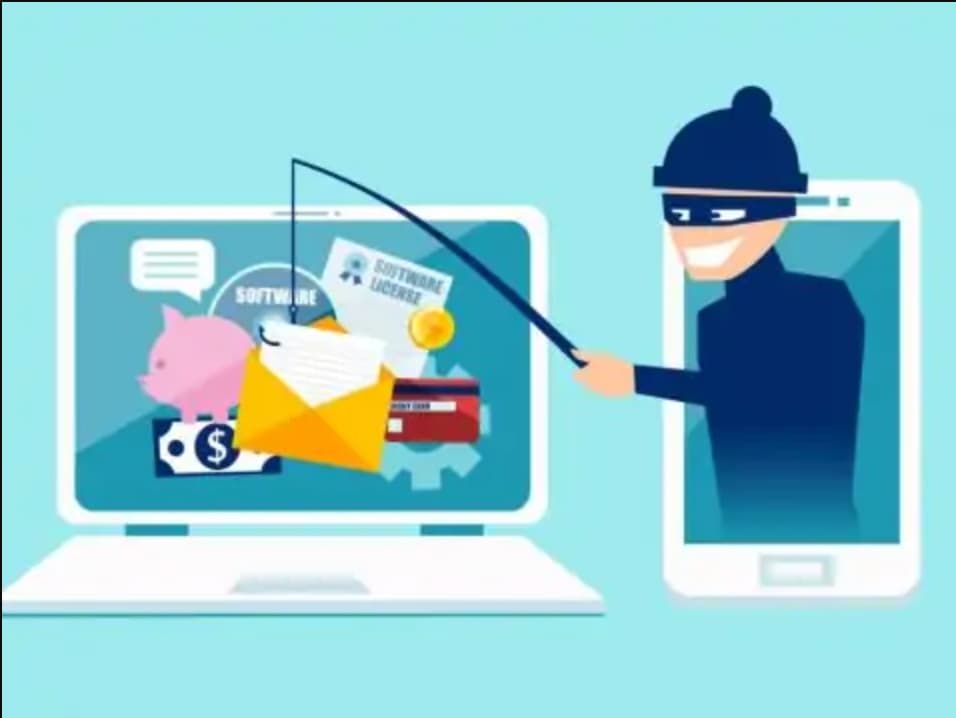Trusted answers to developer questions
What is spamming?
Types of Spam
- Phishing emails. An attacker sends out hundreds of authentic-looking emails, as shown below. The hacker believes that a handful of people will fall prey to such techniques and that, therefore, their data can be gathered. The hacker then spends some time trying to generate an email that mimics the original email as closely as possible. This message is usually marked as urgent, so the user will act immediately without confirming if the email is actually from the bank.
-
Malspam refers to the spreading of malware through emails. It tricks users into downloading an attachment or clicking a link that’s claimed to be essential. These links have hidden scripts, and macros append to them. When the documents run, the script runs and retrieves the malware payload. This payload varies in functionality and may install a trojan, ransomware, or make the computer a bot that can be used to carry out DDoS attacks.
-
Mobile Spam is used to carry out auto-generated calls and messages to users for advertisement purposes. Even though these advertisements seem harmless, asking users to enter their bank account information, PIN, and other sensitive data can harm them.
Prevention
- Use spam filter – it automatically sorts spam emails into a specific folder.
- If you download an excel file that contains macros, turn macros off.
- Use an antivirus and antimalware software that alarms users if downloaded files are not safe.
- Do not open spam emails. They may tempt you to visit a fraudulent link with “unbelievable offers.”
RELATED TAGS
network security
Copyright ©2024 Educative, Inc. All rights reserved
TRENDING TOPICS
Did you find this helpful?

